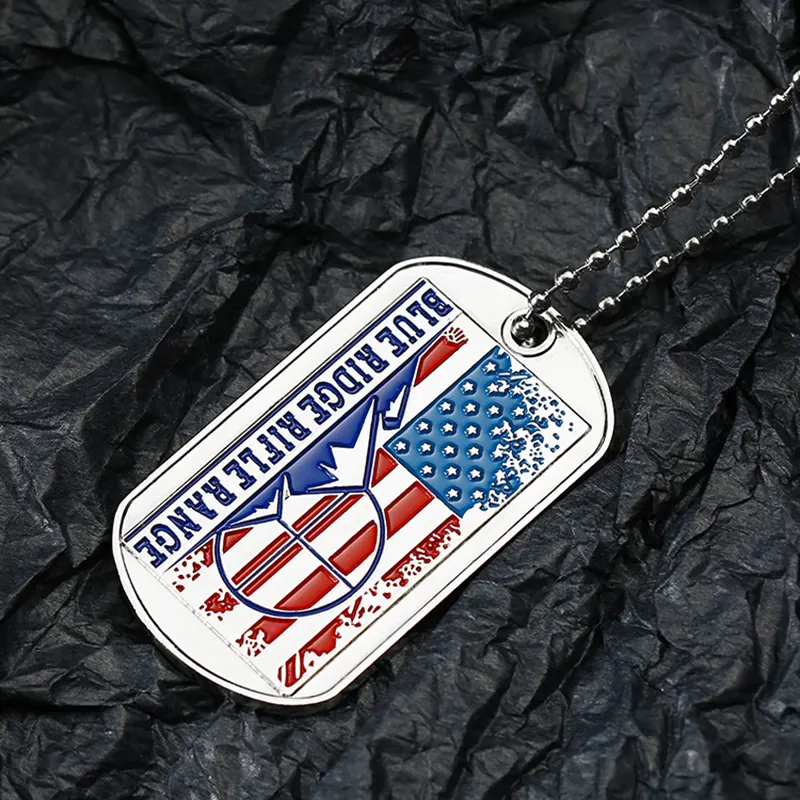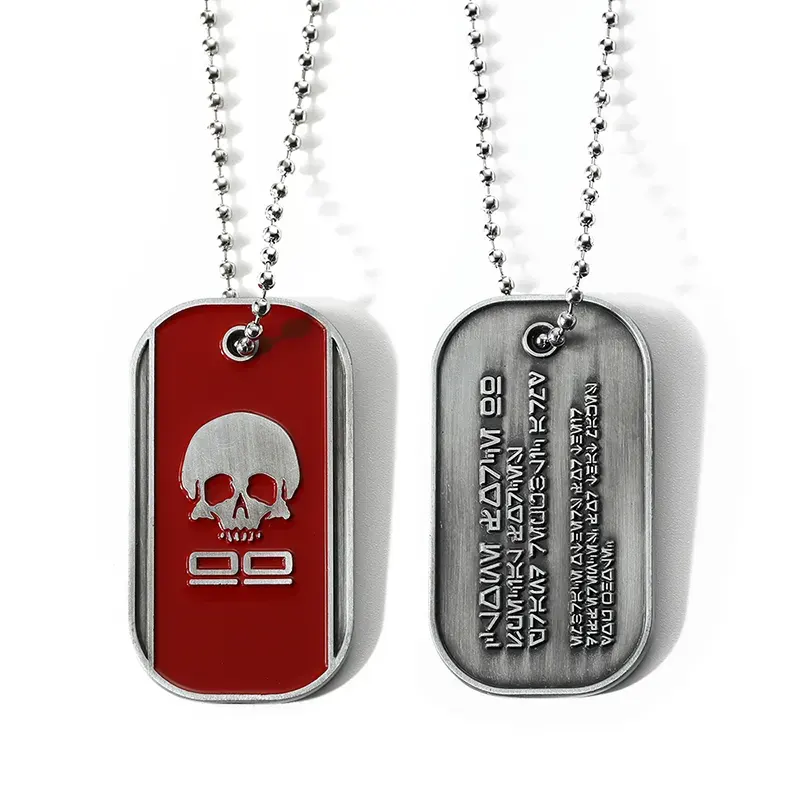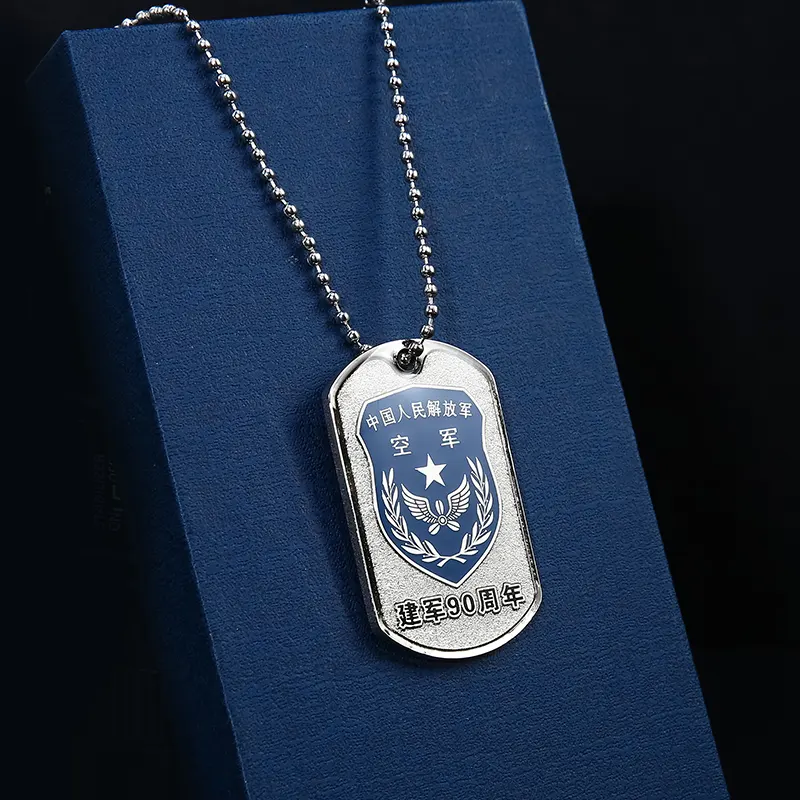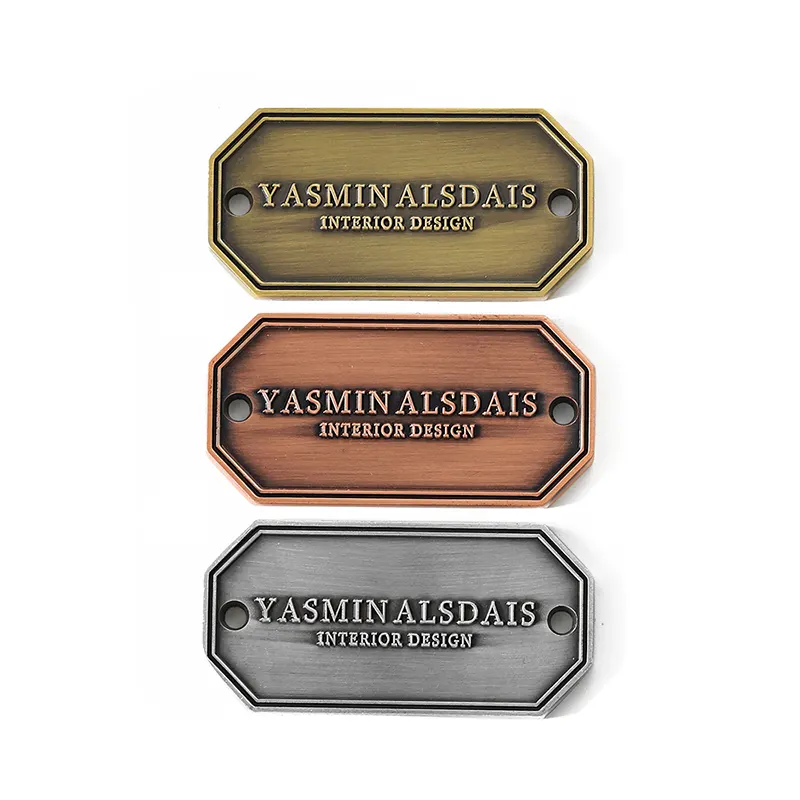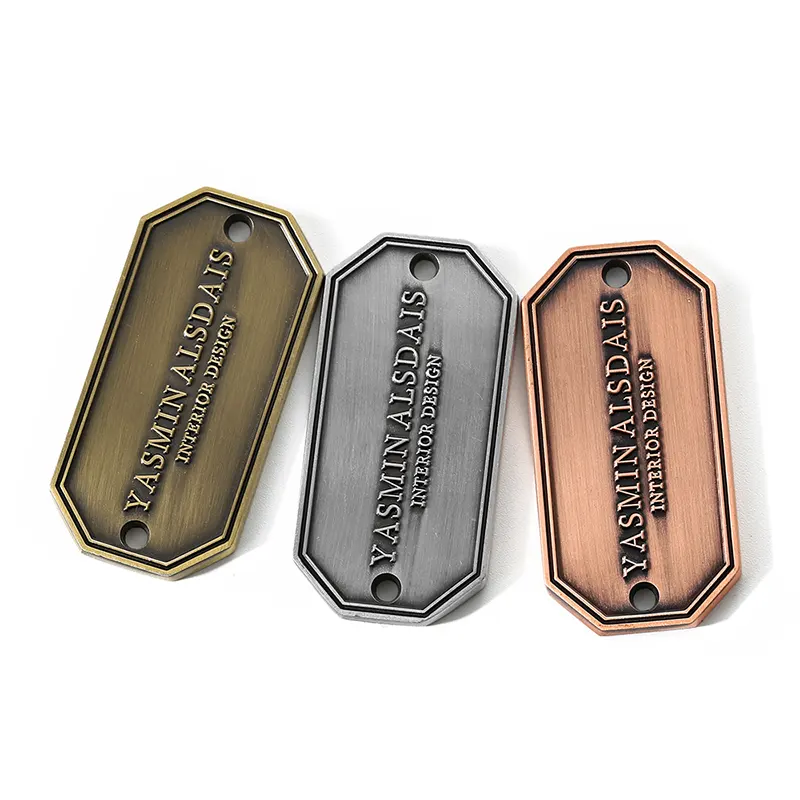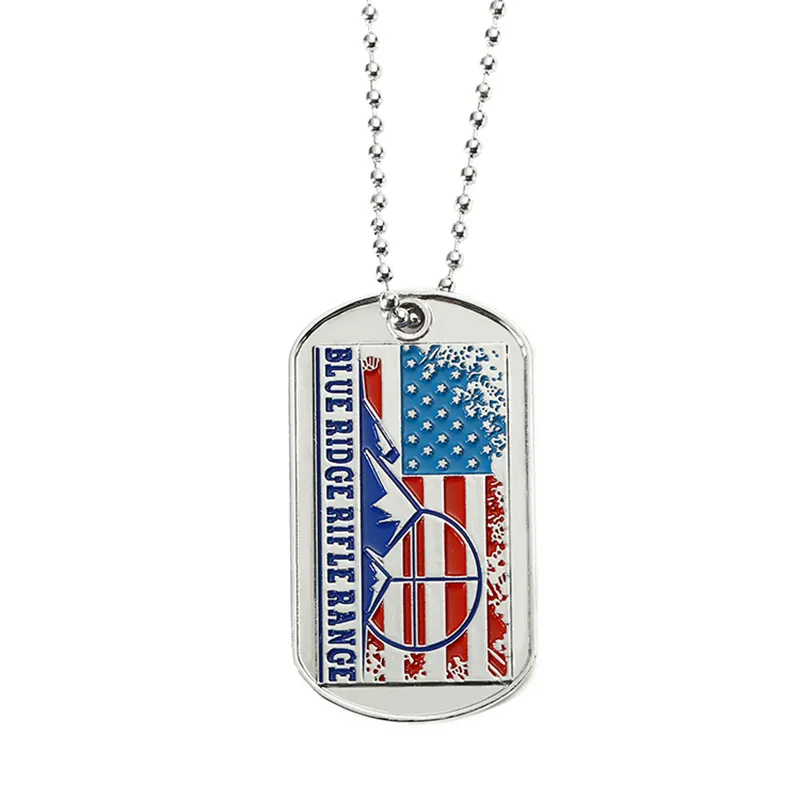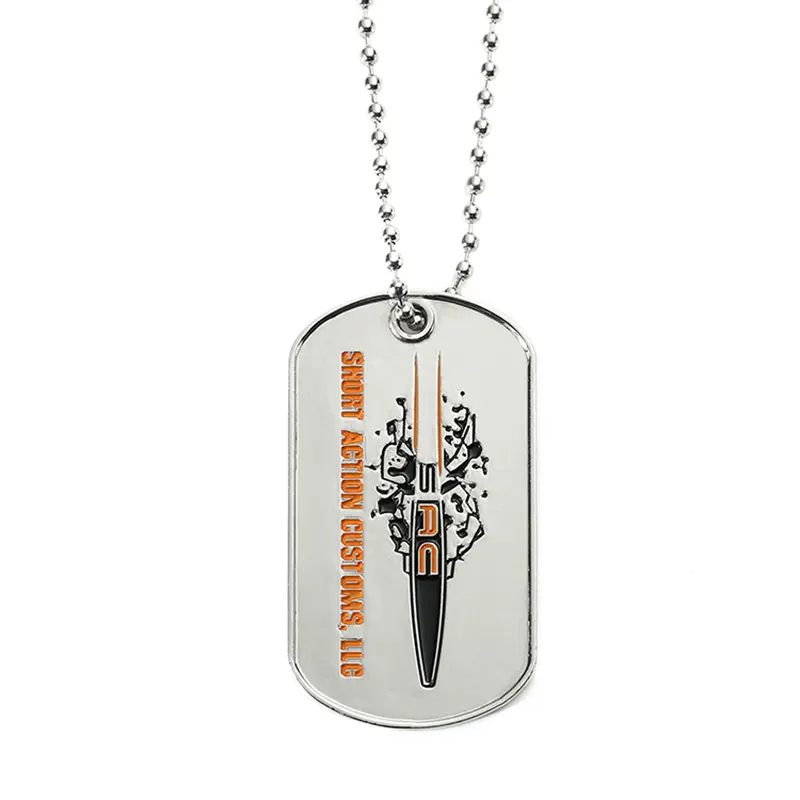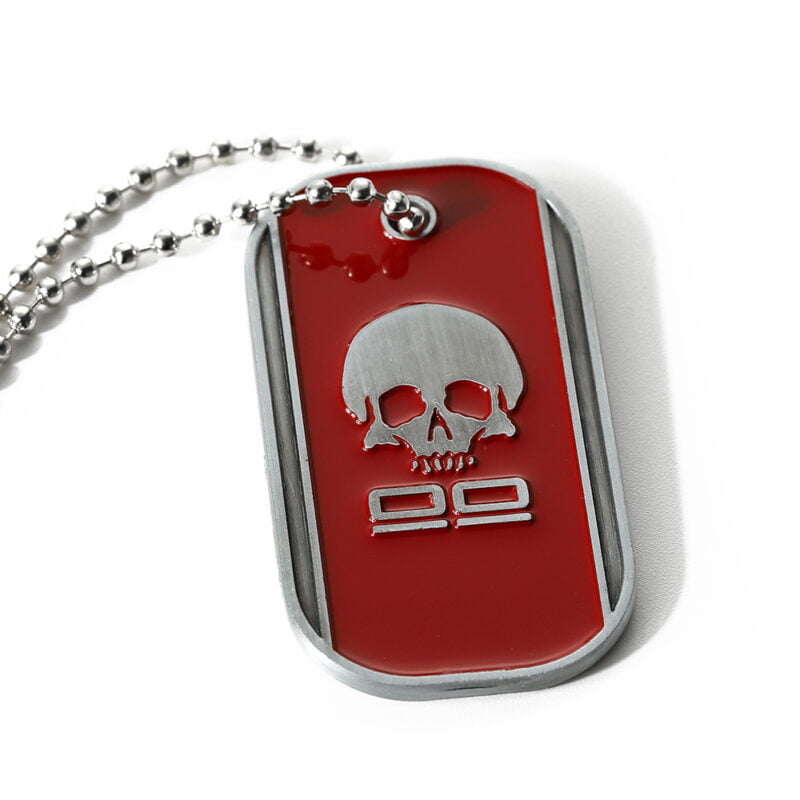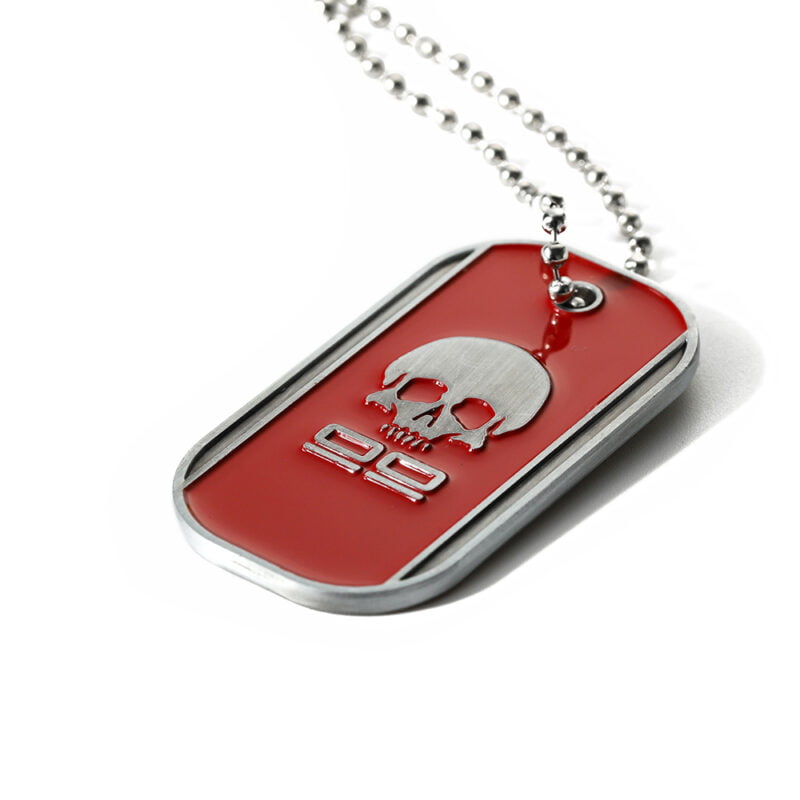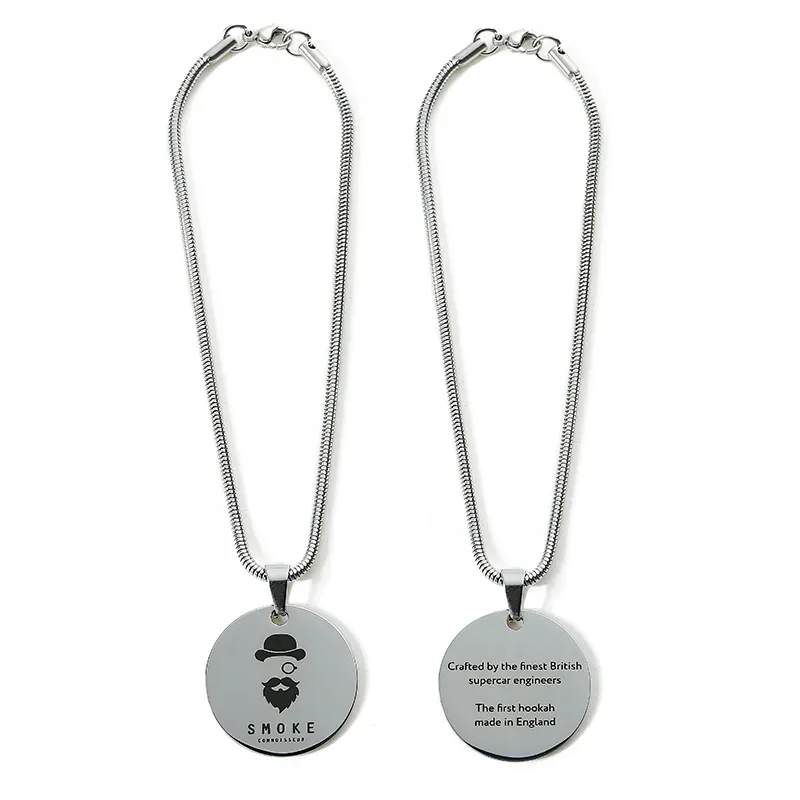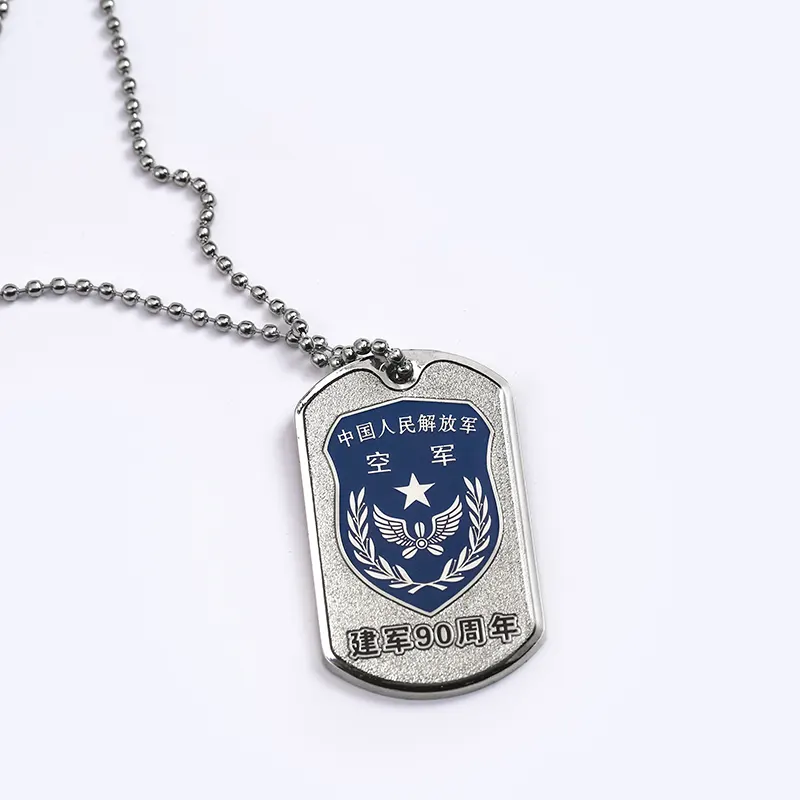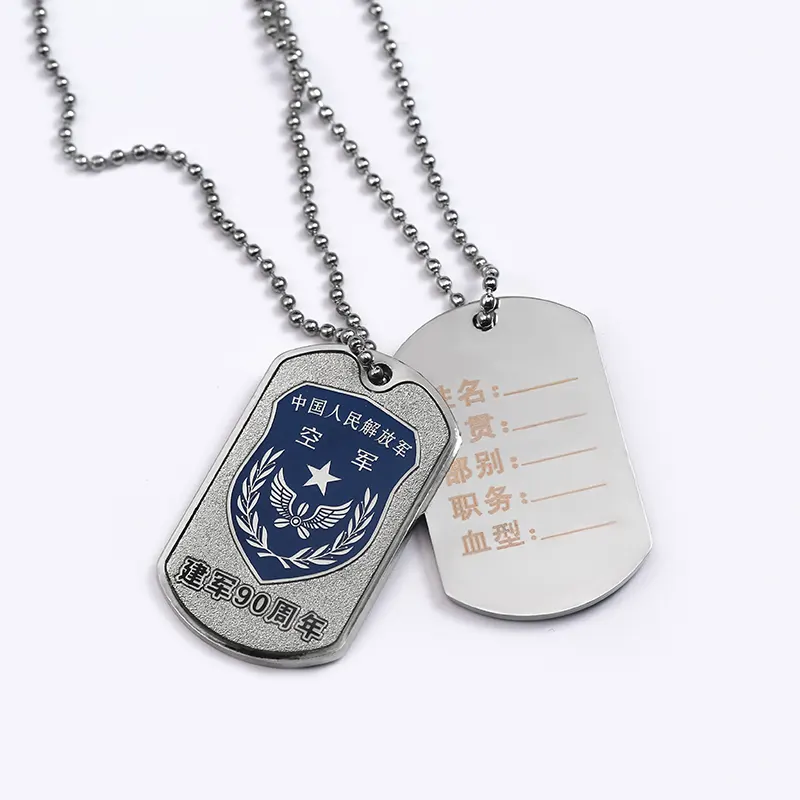Dog tags have a rich history intertwined with military tradition, serving as essential tools for identification and communication. From their origins in wartime to their modern uses, dog tags have evolved significantly. This article explores the development of dog tags, focusing on key milestones and different contexts, including WW2 dogtags, solid dogtags, Tarkov dogtags, and the role of dogtag maker.
The Historical Significance of WW2 Dogtags
During World War II, the role of dogtag ww2 became crucial. Soldiers from various nations were issued these dog name tags to aid in their identification. The tags were simple yet effective, providing essential information such as name, blood type, and service number. This era marked a significant advancement in the development of dog tags, as they transitioned from basic identification tools to more standardized equipment.
The Design and Functionality of WW2 Dogtags
WW2 dogtags were often made from lightweight metal and designed to be durable under combat conditions. They were typically stamped with identifying details and included a series of notches or other distinguishing marks. This standardization was critical for military organizations, allowing for efficient identification of soldiers, even under challenging circumstances. The consistency in design also facilitated easier processing of casualty reports and other administrative tasks, which was crucial during the intense periods of war.
The design of WW2 dogtags also reflected the need for efficiency in wartime environments. For example, many of these tags featured a small hole or notch that allowed them to be easily strung onto a chain or cord, ensuring that they were always accessible and hard to lose. This practical approach to design helped streamline identification processes, which was vital for managing large numbers of troops and handling the logistical aspects of war.
Variations Across Different Nations
The design and use of WW2 dogtags varied somewhat between nations. For instance, American dog tags typically featured two tags—one for identification and the other to be retained by the military. British dog tags, on the other hand, included a small, perforated tag that could be easily detached in emergencies. These variations reflect the diverse approaches to soldier identification during the war and highlight the adaptability of dog tags to different military needs.
The Evolution of Solid Dogtags
As technology advanced, so did the design and materials used for dog tags. The concept of solid snake dogtag emerged as manufacturers sought to improve the durability and functionality of these identification tools. Unlike their predecessors, solid dogtags are crafted from a single piece of metal, making them more robust and less prone to damage.
Materials and Durability
Solid dogtags are typically made from stainless steel or other high-strength materials. This innovation addressed many of the limitations of earlier dog tags, such as issues with wear and tear. The solid construction ensures that the tags can withstand harsh conditions, making them ideal for both military and civilian use. Additionally, the use of high-quality materials has enhanced the aesthetic appeal of these tags, allowing for more intricate designs and personalization.
Advancements in Design
The transition to solid dogtags also marked a shift in design philosophy. These tags often feature more complex engraving and additional security features. This evolution reflects the growing need for more reliable and resilient identification methods. For instance, the introduction of anti-tampering features and advanced engraving techniques has made it possible to include detailed personal information while ensuring the integrity of the data.
Tarkov Dogtags: A Modern Interpretation
In recent years, the concept of dog tags has been popularized by various media and games, such as the video game "Escape from Tarkov." Tarkov dogtags in the game have brought a new dimension to the traditional dog tag, adding an element of realism and strategic importance.
The Role of Dogtags in Gaming Culture
In the realm of gaming, Tarkov dogtags serve as testaments to players' accomplishments and progress, coveted as badges of triumph and stature within the digital world. This contemporary reinterpretation underscores the remarkable transformation dog tags have undergone, transcending their traditional military role to embed themselves into popular culture's fabric. The gamification of these artifacts underscores their evolution from mere utilitarian objects into symbols of achievement and individuality within virtual realms.
When it comes to the design of games, realism and authenticity are paramount, and Tarkov dogtags in "Escape from Tarkov" exemplify this principle. The developers have meticulously mirrored the visual and tactile aspects of authentic dog tags, fostering a heightened sense of immersion for gamers. This fastidious attention to detail underscores how modern gaming can seamlessly blend historical elements into its narratives, effectively bridging the divide between virtual escapades and tangible historical artifacts, offering players a more enriching and engaging experience.
Hesank: The Reliable Manufacturer of Dogtags in China
As the demand for high-quality and customizable dog tags has grown, companies like Hesank have emerged as leading dog tag maker in China. Hesank specializes in producing a wide range of dog tags, catering to both military and civilian needs. Their reputation for reliability and quality makes them a popular choice among customers seeking durable and personalized identification solutions.
Innovative Manufacturing Techniques
Hesank utilizes advanced manufacturing techniques to ensure the production of top-notch dogtags. They offer a variety of materials, including stainless steel and aluminum, and employ precision engraving methods to meet diverse customer requirements. This attention to detail and commitment to quality has established Hesank as a trusted name in the industry.
Moreover, Hesank keeps pace with technological advancements by integrating new manufacturing technologies. Their facilities are equipped with state-of-the-art machinery that enhances the precision and efficiency of dog tag production. This commitment to innovation ensures that Hesank can meet the evolving demands of the market and provide products that meet the highest standards of quality and performance.
Customization and Personalization
Hesank emphasizes customization, allowing clients to choose from various designs and specifications. Whether for military purposes, corporate identification, or personal use, Hesank provides tailored solutions that reflect the individual’s or organization’s needs. This flexibility in design and production highlights the company's role in advancing the evolution of dogtags.
Summary
Dog tags have evolved from basic identification tools used during WW2 to complex and customizable items produced by modern dogtag makers. The shift from traditional solid dogtags to their role in popular culture, such as Tarkov dogtags, illustrates their adaptability and enduring significance. From military use to personal customization, the development of dog tags showcases a blend of tradition and innovation. Companies like Hesank in China play a crucial role in this ongoing evolution, providing high-quality and customizable dog tags to meet various needs.






